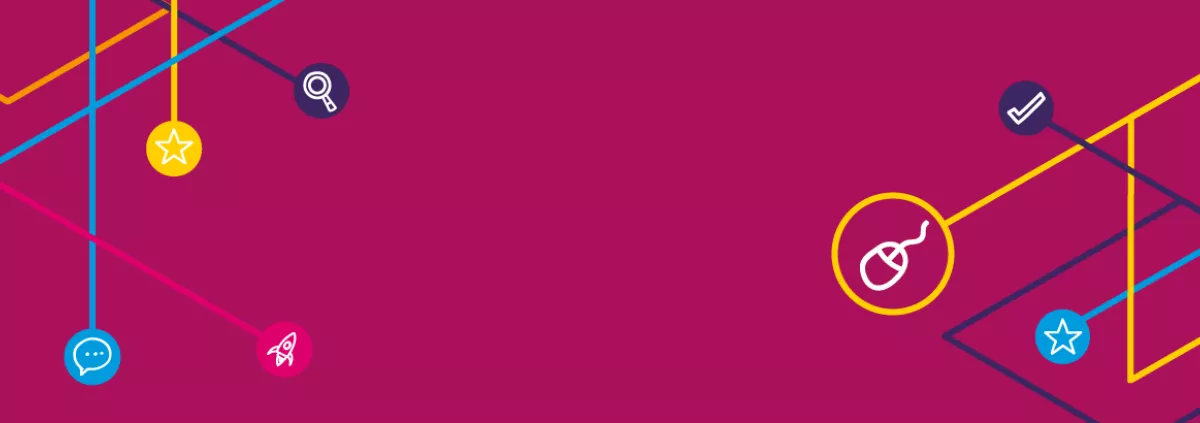Over the last few months, I have been leading an induction programme – designed to empower a group of Serbian vocational teachers to select, plan and then implement innovations in teaching and learning. Together with my colleagues Ana Pešikan (expert in psychology in education from the University of Belgrade) and Nataša Zečević (professor of mathematics at a vocational high school with extensive experience in innovation in teaching), I had to solve several challenges. The first challenge we faced was that we want to open up the pedagogical options for these teachers but at the same time ensure that it is they who are in charge of their teaching. After all – these are experienced and professional teachers who know their students and curriculum very well. Also, we faced the challenge of running our induction during a pandemic - we combined meetings on Zoom and exchanges of materials on the Google class platform. Teachers had the additional challenge of combining participation with their busy teaching schedules!
We started with a questionnaire that aimed to activate prior knowledge and help participants to think about what they wanted to learn and for which problems and educational goals innovations could be a good answer. From the questionnaire, we found that the majority of teachers believe that innovative teaching could increase the motivation for students to learn and their readiness for practical, real problems in the profession for which they are preparing.
During the first session, we provided a conceptual account of student-centred and active learning but we also connected this to common understandings and to practice. We used a number of practical examples to explore how teachers can actually put these models into practice. Perhaps most importantly, we encouraged participants to reflect upon their motivation for innovation – how might particular methodological innovations bring benefits to learners or solve particular problems. Participants were encouraged to continue their induction outside of the first session – ‘asynchronously’ as we now say – and come together in teams to agree:
- What problem(s) in their teaching/learning do they want to solve with this innovation project?
- Which part of the curriculum from the next semester is the most suitable for creating innovation?
- Which aspect, model, or combination of innovative teaching/learning models would be most suitable for you at this time?
In the second session which was led by vocational education specialist from the University of Ljubljana, Klara Ermenc, the teachers were guided to experience and understand the importance of individualisation and differentiation in teaching/learning process. In the second asynchronous session, the participants were encouraged to assess the feasibility of their own projects.
This was a critical point in the induction, as the balance shifted from the presentation of ‘innovative approaches’ to teachers making judgements about what innovations would make sense for them, their schools and their students. We therefore began to provide additional consultation sessions, which teachers could opt to join and where they could explore how they might go forward, what concerns they had, what alternatives there were. On reflection, these lively discussions were a critical phase during this induction for innovation – where options remained open and choices were being made.
As the induction continued, we tried to integrate ‘training activity’ with support for the teachers working to plan their own projects. So for example, we showed teachers how to analyse the role played by students in different learning processes and then we encouraged them to examine their own emerging plans to decide what kind of learner role it would imply.
During another session, we provided teachers with elaborated instruction how to use Bloom’ taxonomy to design different teaching assignments. They then applied this type of analysis to the tasks in their projects.We provided the teachers with a programme planner, which was intended to help them to structure the programmes they were planning, taking into account of what they were learning through the more formal instruction provided. During our formal sessions, teachers were invited to feedback on their progress and additional mentoring was offered to those that wanted it between sessions.
Did our approach work?
By December, all 9 projects had managed, more or less, to complete their plans. On December 9th all of the teams made presentations to a larger audience, including researchers, GIZ (which is generously providing funding for the projects) and other stakeholders. A number of teachers declared that they had profited from the induction, with one of them, Nikola Ćosić commenting that although all of the elements had been familiar before the start of the induction, it was through the induction that he and his colleagues had learnt how to put them together to have the confidence and know-how to conceive and plan an innovative programme. The analysis of feedback confirms that the vast majority of participants judged that they believed that had developed valuable programmes that would succeed.
The next stage is for the teachers – still supported by mentoring – to implement their planned programmes. This will start from February 2022. Only then will we know whether the induction really worked!

Congratulations to Boda and to the other trainers and all of the teachers that have taken this opportunity to innovate - I think that we will all learn from their creativity and boldness!
Thanks for sharing this experience. It shows that, even experienced teachers need some guidance and mentoring to actually start the innovation.
Thank you for sharing this infromation - I see that teachers support innovations, they are interested in innovations and ready for experiments
Please log in or sign up to comment.